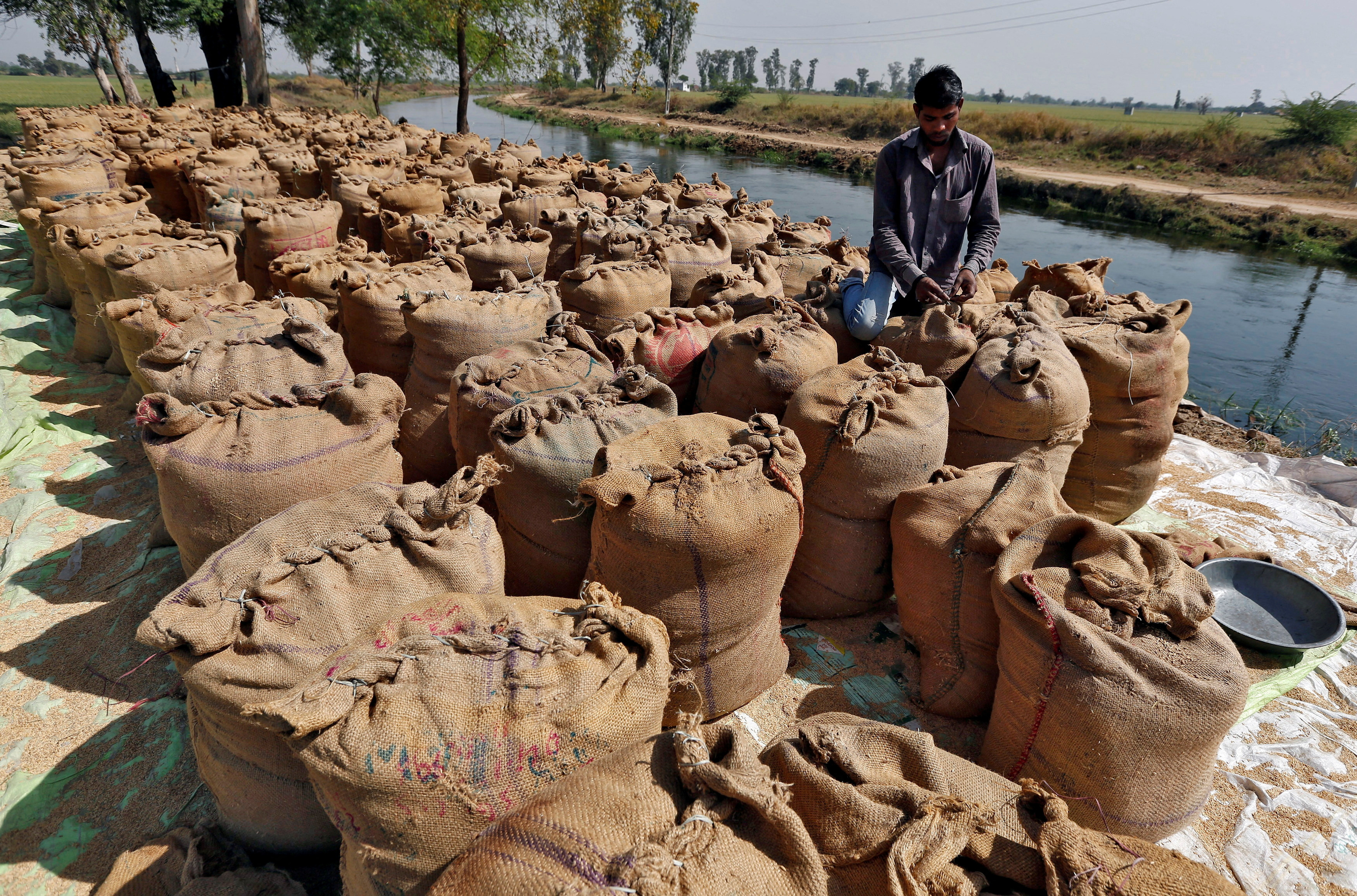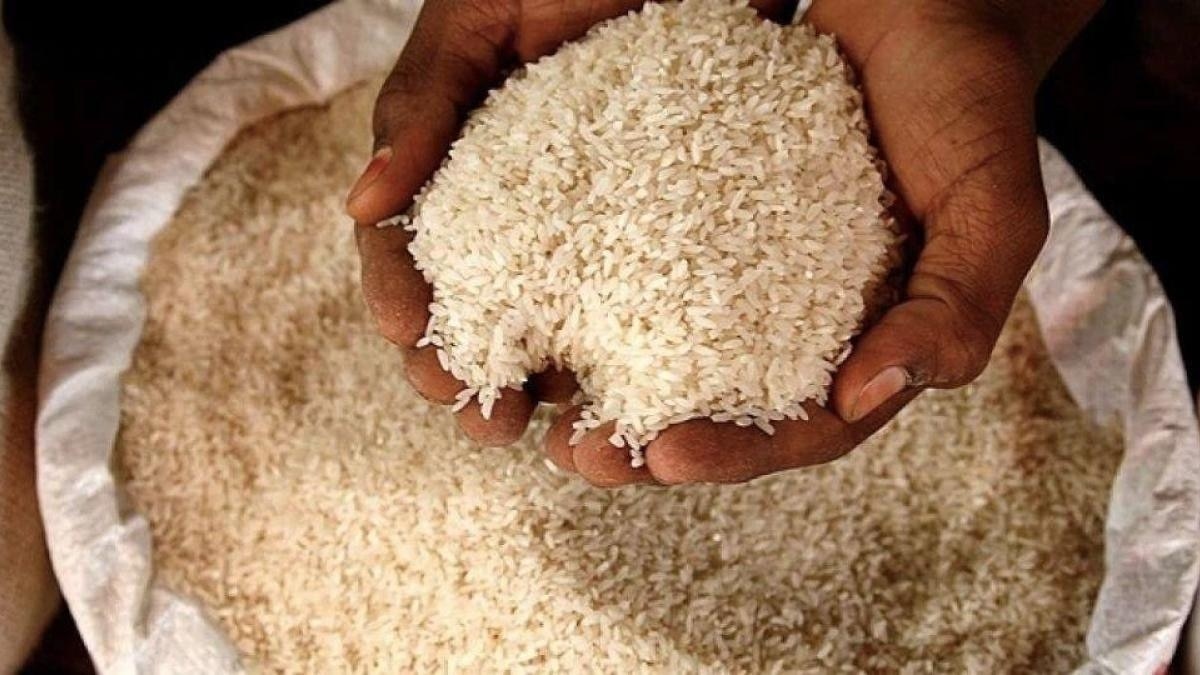Rice Prices Surge Amid India’s Export Ban: Trade at a Standstill, 2023

Rice Prices Surge Amid India’s Export Ban: Trade at a Standstill, 2023
India, which exports 40% of the world’s rice, stopped its main rice export category on Thursday to lower local prices, which have recently risen to multi-year highs as unpredictable weather threatens supply.
With prices anticipated to rise significantly over the next few days, three traders claimed that the Asian rice trade halted on Friday to process India’s ban the day before on a significant portion of its shipments of the staple grain. India, which exports 40% of the world’s rice, stopped its main rice export category on Thursday to lower local prices, which have recently risen to multi-year highs as unpredictable weather threatens supply.

“Export market rice prices will increase further. We anticipate a gain of at least $50 per metric tonne, which may reach $100, according to a trader from an international trading firm in Singapore. Everyone, including sellers and purchasers, is watching to see how much the market increases, the dealer added.
Two more vendors, one in Bangkok and the other in Singapore, stated that they anticipated a comparable increase in pricing. Since they are not licenced to speak to the media, the dealers declined to give their names. Although deals have yet to be reported today, purchasers must pay more for cargo because India was determined to remove significant quantities from the market.
The move by India to forbid rice exports comes at a time when the world wheat market has experienced significant increases, reviving fears about skyrocketing food prices. This week saw the highest weekly rise in wheat prices in more than 16 months as Russian strikes on Ukrainian ports sparked concerns about the world’s supply.
Nearly 90% of the water-intensive crop, a mainstay for more than 3 billion people, is grown in Asia, where the dry El Nino weather trend is anticipated to reduce production. Thailand’s suppliers, the world’s second-largest exporter, were awaiting pricing information before finalizing new agreements.

The honorary head of the Thai Rice Exporters Association, Chookiat Ophaswongse, told Reuters that exporters would not want to sell because they would not know what rates to give. Some dealers predict that prices may reach $700–$800 per (metric) tonne. In anticipation of India’s prohibition, rice prices have risen in the major exporting nations.
Before India’s late-Thursday announcement, Vietnam’s 5% broken rice was sold for $515 to $525 per metric tonne, its highest price since 2011. The cost of Thailand’s 5% broken rice increased to $545 per metric tonne, which is the highest price since February 2021, while India’s 5% broken parboiled type was hovering this week around a five-year top at $421 to $428 per metric tonne.
The world rice market has been thrown into disarray in a sudden twist of events. A spike in prices looms ominously on the horizon after India, one of the world’s leading rice exporters, announced an abrupt export halt in 2023. This policy change has led to substantial disruption in the global rice trade, leaving it uncertain and nearly bringing it to a standstill.

As one of the world’s most prolific rice producers, India has a significant influence on the global rice market. In 2023 the country produced an estimated 118 million metric tons of rice. However, due to a combination of climatic adversities and burgeoning domestic demand, the Indian government decided to ban rice exports.
The reason for the export ban can be traced back to several critical factors. Unfavourable weather patterns, including uneven rainfall and higher temperatures, have affected crop yield significantly. Additionally, domestic consumption has substantially increased, driven by population growth and changing consumption patterns. Faced with the threat of dwindling rice reserves and escalating domestic demand, the Indian government had to prioritize ensuring food security at home, leading to the ban.
The immediate aftermath of India’s export ban was palpable in the global rice market. A severe supply shock was felt, causing rice prices to surge dramatically. With India out of the picture, the pressure is now on other leading rice-producing countries like Thailand, Vietnam, and the United States to fill the void. However, these countries combined cannot compensate for India’s colossal export volume, leading to a mismatch in supply and demand.
While some nations can pivot towards other sources for rice imports, others heavily reliant on Indian rice will find themselves in a precarious position. For import-dependent countries, especially in Africa and the Middle East, high rice prices could lead to food insecurity, economic instability, and social unrest.

The rice trade has nearly come to a standstill due to the suddenness and impact of India’s export ban. Many countries still need to grapple with the ban’s implications and are struggling to find alternative suppliers in the short term. Furthermore, the ongoing geopolitical tensions and the resurgence of COVID-19 in certain regions have further compounded the situation, making it more challenging to establish new trade routes.
There is also concern that the Indian export ban will lead to protectionist policies from other rice-exporting nations, worried about their domestic reserves. This could further exacerbate the situation, leading to an even more significant contraction in global trade.
India’s rice export ban has sent shockwaves throughout the international rice market. It has exposed vulnerabilities in the global food supply chain and the dependence of many countries on a single major exporter. As governments scramble to secure alternative sources, it becomes apparent that more needs to be done to ensure food security in a global market marked by volatility.
In the short term, prices are set to rise further. For many, this will mean increased cost pressures, which could lead to political and social unrest, particularly in countries already struggling with high food prices. In the long term, this could reshape the global food supply chain and prompt governments to invest more in agricultural self-sufficiency.

As we move forward in 2023, the global community will closely watch India’s actions and the evolving situation. The world is reminded yet again of the interconnectedness of our global food systems and the urgent need for a more resilient, sustainable approach to agriculture and food security.




